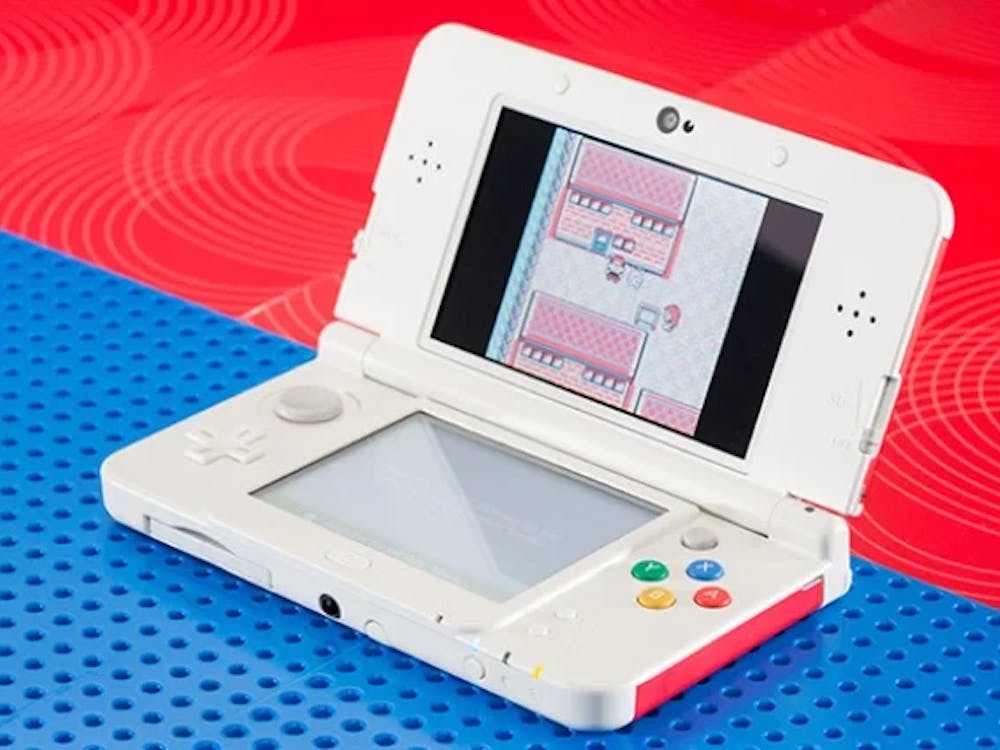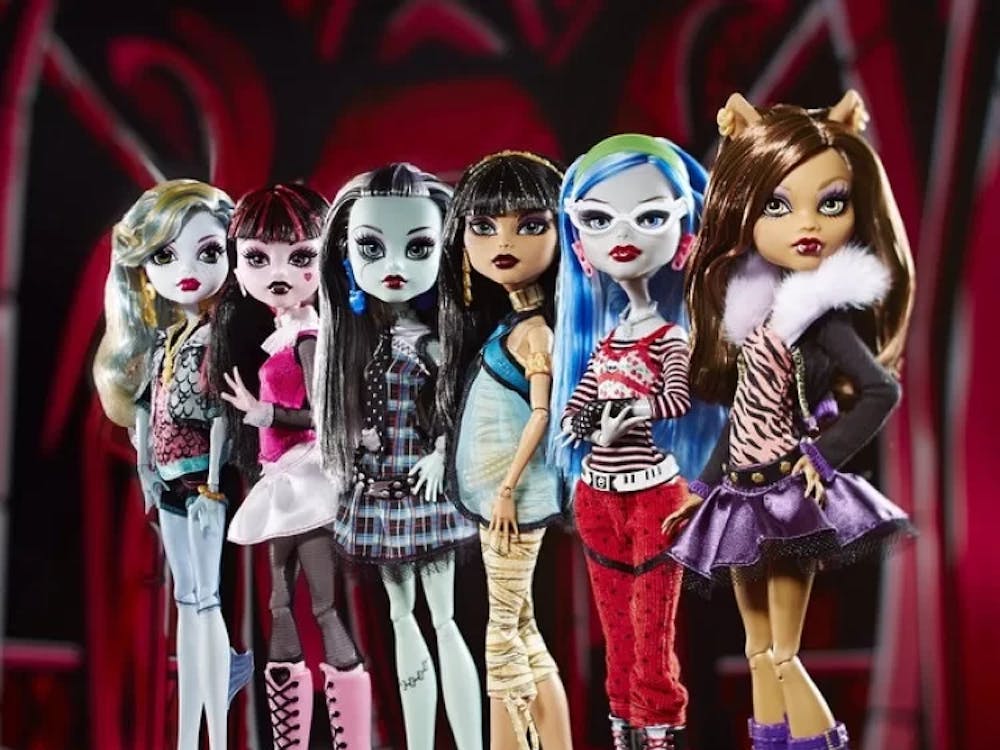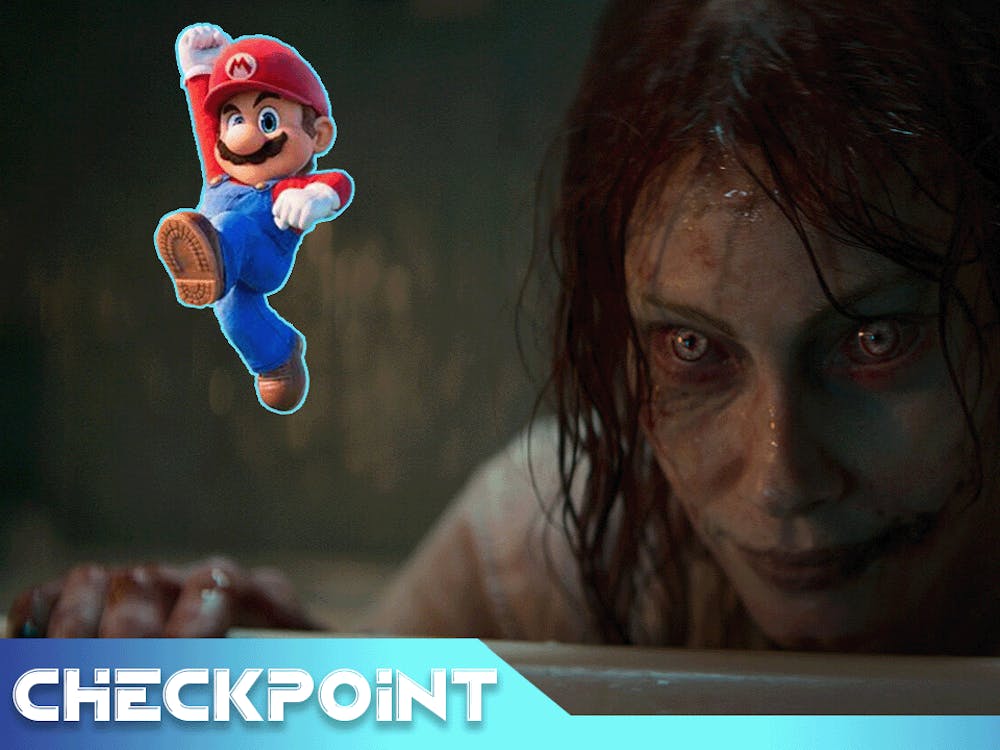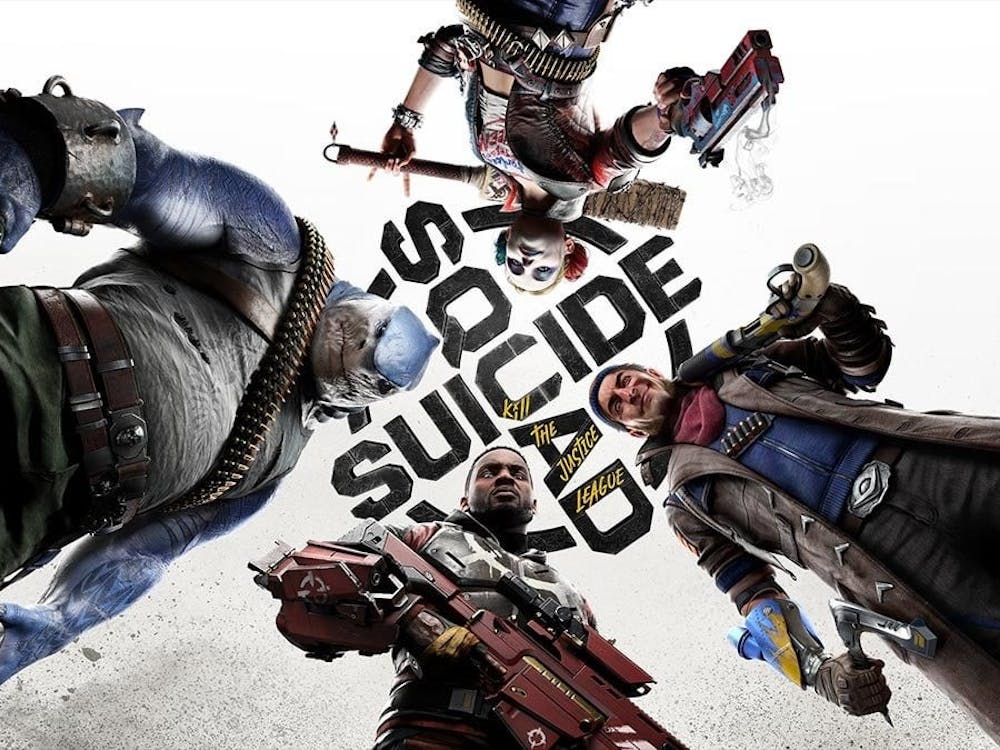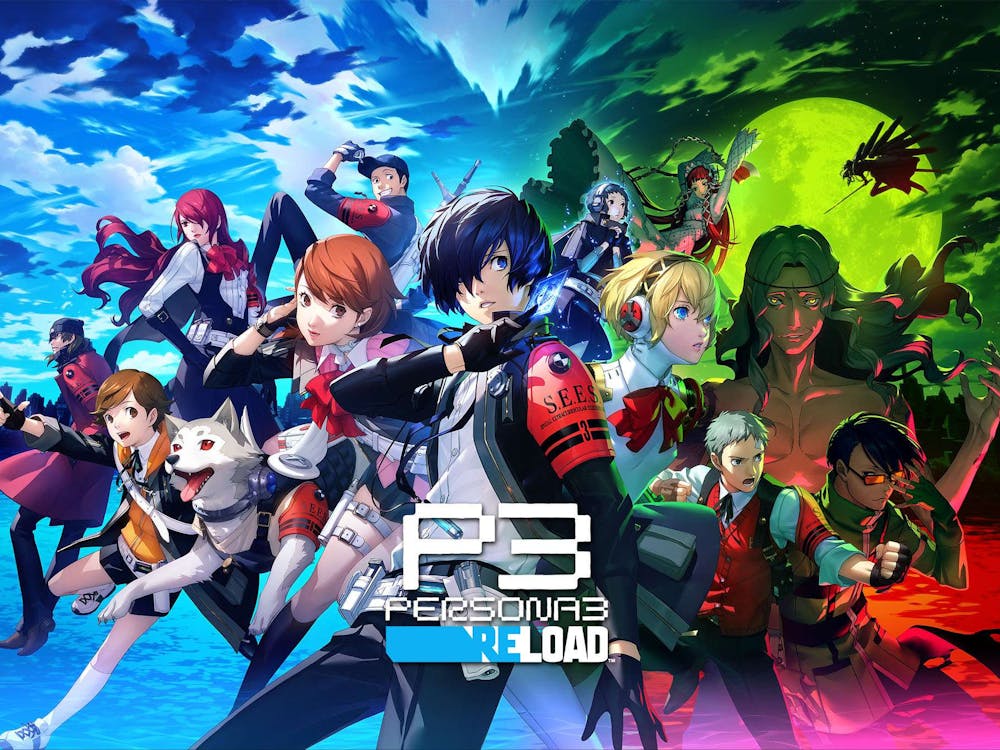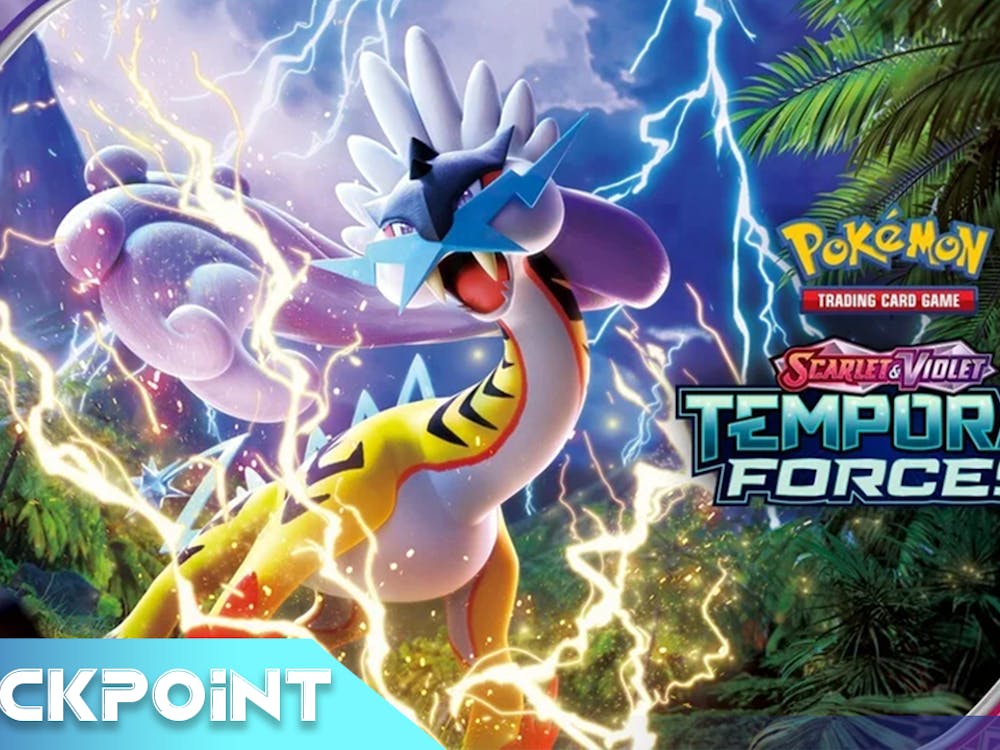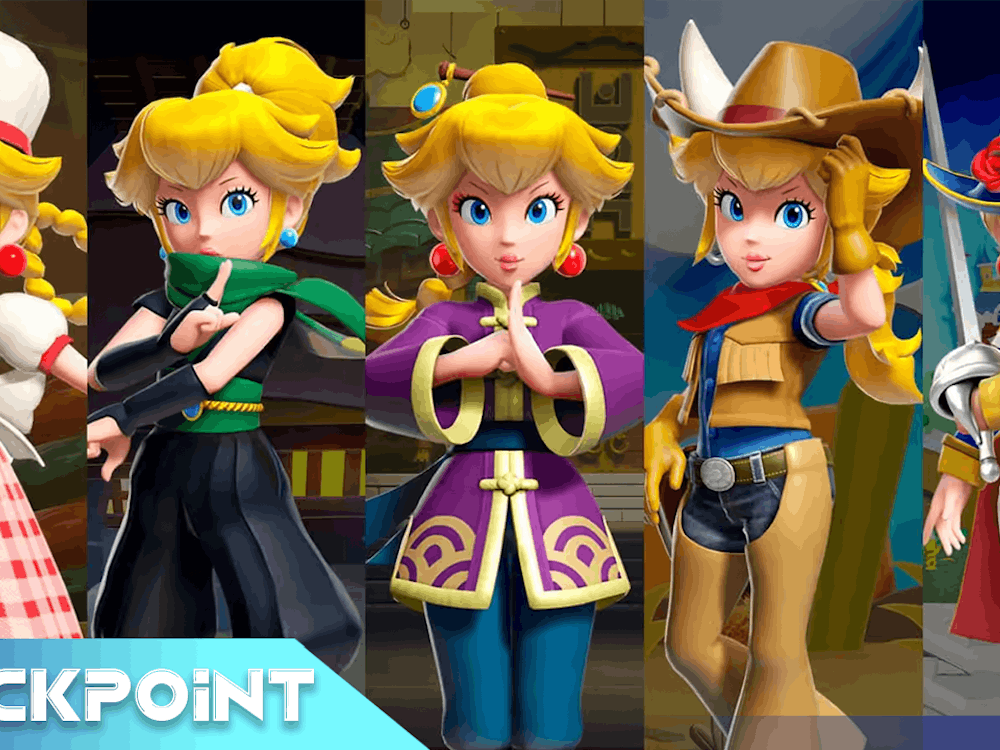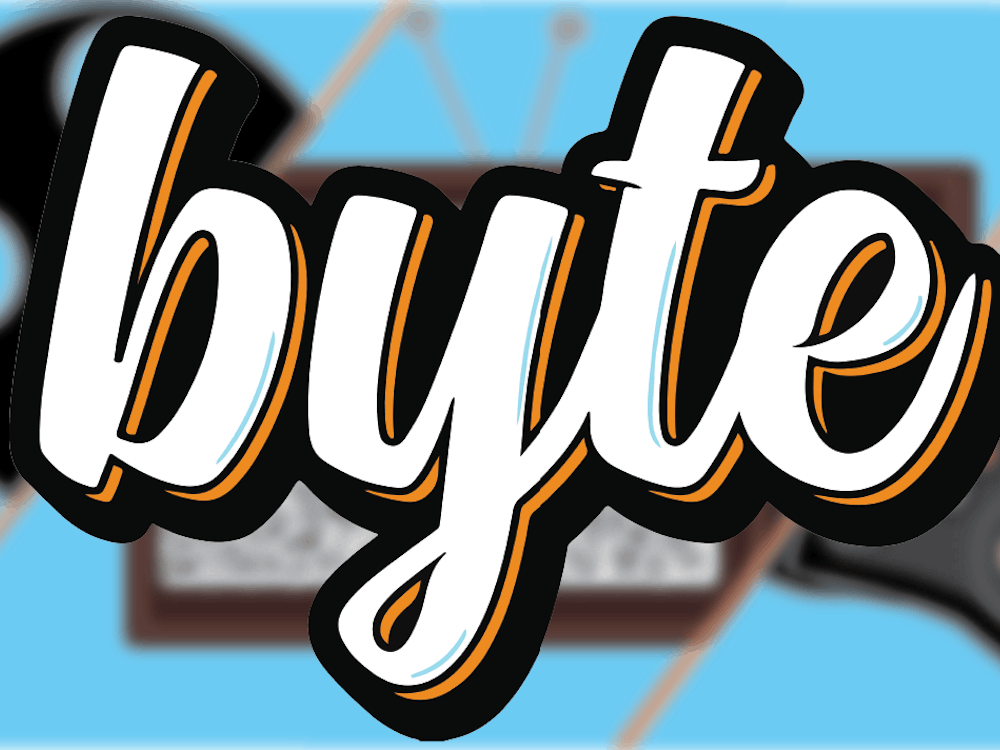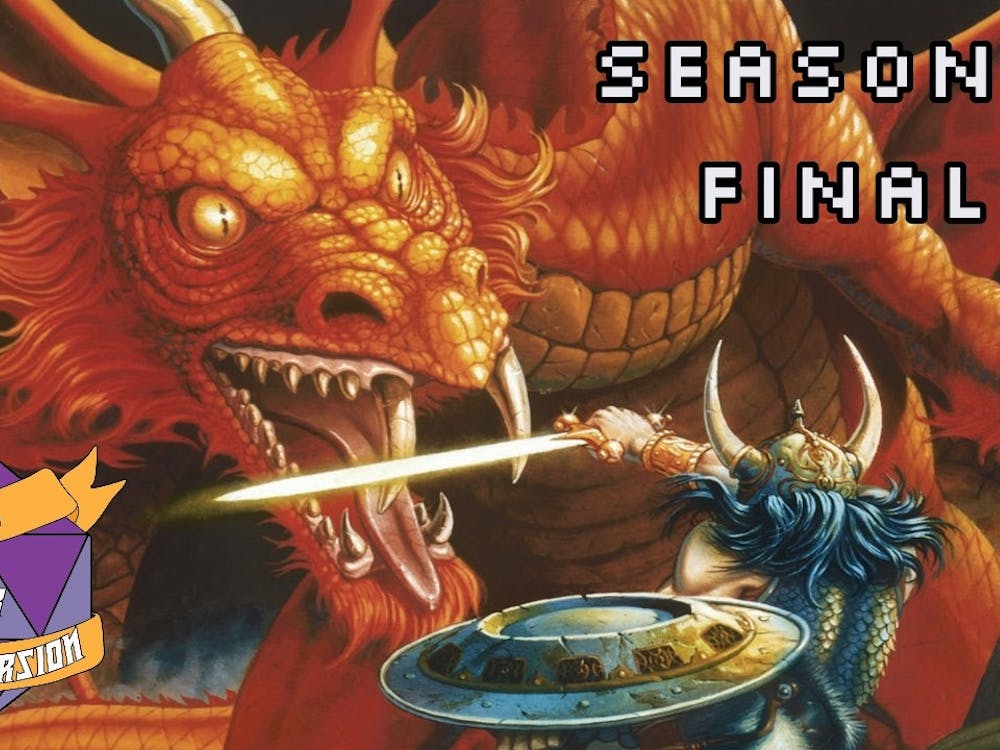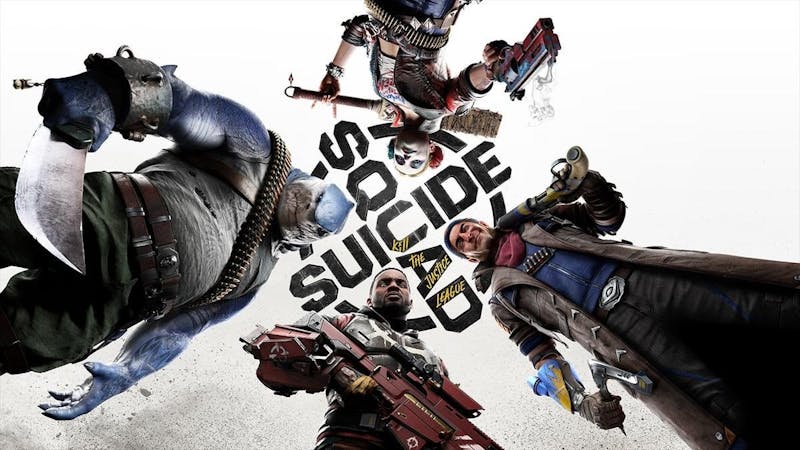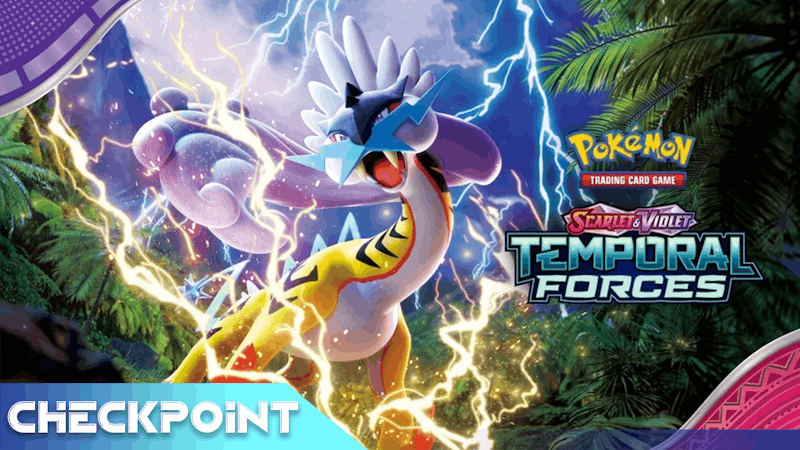The Wii U has been viewed as a major disappointment by both Nintendo fans and critics alike. Featuring few creative original titles and clunky motion controls, many opted to skip Nintendo’s over-glorified Wii update and wait for the next generation of Nintendo console. However, the release of Splatoon in May 2015 gave the Wii U some much needed redemption. With efficiently utilized motion controls, colorful maps, easy to learn controls, and fun online matches, Splatoon was a great first entry into the shooter genre for Nintendo. Now Splatoon 2 has entered the scene on the Switch console, and the popularity of the first game has made it one of this summer’s most anticipated titles, so much so that it has boosted Switch hardware sales in Japan by 178%.
So what does Splatoon 2 have to offer that the Wii U version didn’t?
Fresher than ever
Splatoon 2 is essentially an updated version of Splatoon. The addition of more customizable inklings, new gear, new stages, and a new gameplay mode make the sequel meet fan expectation. There is plenty of new content for fans of the first game, but the new content is not overwhelming enough to scare off newcomers. Just as in Splatoon, just about anyone can pick up a Switch controller and join in on the fun with little difficulty.
The weakest aspect of Splatoon 2, much like the first game, is the single player mode. The campaign is relatively short and not very difficult. Single player essentially serves as a tutorial for players to become acquainted with the controls before entering online matches and a method of obtaining new weapons. It should be noted that players can go back and replay missions with more difficult weapons, but even so these challenges do not make up for the lack of story. Similarly, there are hidden items such as the Sunken Scrolls in each stage, but while these can be fun to seek out, finding them should not cause too much of an issue. Players disappointed with the campaign in Splatoon will likely remained disappointed here as well.

What makes the single player mode improved from the first game is the added purpose of Power Eggs and the addition of Sardinium. These items are needed to upgrade weapons. These upgrades can improve the effectiveness of weapons such as range or damage. Eggs can be found by destroying crates inhabiting the levels in single player mode. Sardinium is more difficult to find than Power Eggs and only twelve exist within the various levels. After obtaining the required amount of Sardinium and Power Eggs, players can visit the Ammo Knight Enhancifier to update weapons.
Turf war and more
The real fun of Splatoon 2 is the online matches. Returning from Splatoon is the standard Turf-War mode that anyone can join in. Initially, the weapon selection is limited to the Splattershot Jr., but after a few battles and some leveling up other weapons quickly become available. Returning from Splatoon are the rollers, blasters, brushes, and snipers but with new abilities and damage outputs. Many new weapons have been added, such as Splat Dualies, the Goo Tuber, and Splat Brella to name a few. Along with the new weapons are the new sub weapons added to the mix, including the Curling Bomb, Autobomb, and Toxic Mist. The additions don’t end there; special attacks like the Tenta Missiles, Splashdown, Ink Armor, Sting Ray, Inkjet, Bomb Launcher, Ink Storm, and The Baller help make the battlefield more hectic, making for both powerful weapons and dangerous threats. With all of these options, players can choose from various styles of gameplay, helping to keep the game fresh.
After playing enough Turf-War matches to reach level 10, players can join in a Ranked Battle. Ranked Battles are more competitive than standard Turf-Wars. All three Ranked Battle modes, Splat Zones, Rainmaker, and Tower Control, return from Splatoon but with some minor updates. The Rainmaker now shoots ink in bursts rather than a twister, which makes the mode much more chaotic as bursts take a second to initiate and can be fired all around the person holding the Rainmaker. Tower Control also received a minor update. There are a few checkpoints that players must face when taking control of the box. While hitting the checkpoint the box comes to a halt, making the players defending it more vulnerable to enemy attacks.
Two new gameplay modes make an appearance in Splatoon 2: League Battles and Salmon Run. Once players reach a B- rank in Ranked Battles, players will have access to League Battles. League Battles allow players to enter 2 hour competitive battles without risking their individual level.

Salmon Run is a bit different than the other modes. It is not available all the time outside of local co-op. To do an online match, players have to be online at a set time. This is disappointing, as the addition of Salmon Run adds a completely different style of gameplay that can break the tedium of Turf-Wars and Ranked Battles.
Salmon Run is like many other horde style games; monsters, in this case Salmonids, attack from all sides of a map while a team of four attempts to defeat them. When players first visit Grizzco, a sketchy part-time job opportunity for inklings, they will be given a Salmon Run tutorial by Mr. Grizz. There are a variety of boss Salmanoids with various abilities that will appear periodically on the map. The goal is to defeat these bosses and collect the golden eggs that drop from them and return them to the basket. There are three rounds in a Salmon Run, each requiring a set number of Golden Eggs for completion. If players take too much damage, they are unable to battle until a player revives them by splatting them with ink. If all four players are taken out, the match ends.
Successfully completing a match allows players to gain points based on performance. These points can be used rank up in Salmon Run and claim Daily or Monthly Super bonuses.
Two inky steps forward...
These changes generally improve the gameplay, but there are some minor annoyances that Nintendo failed to fix from the last game. For example, players are unable to switch weapons in the lobby. In order to change weapons, players must disconnect from the lobby, equip the weapon, and rejoin. This makes players less likely to change playstyles, as constantly exiting and entering the lobby can quickly become a chore. Similarly, there is no way to determine what weapons your team will have and adjust accordingly. This means that you may end up on a team with four rollers or four snipers, almost guaranteeing a loss.

Further demonstrating Nintendo’s problems with connectivity is the disastrous headset. While Sony and Microsoft have both nearly perfected online gameplay years ago, Nintendo is just now dipping their feet in online multiplayer. The Splatoon headset is a chore to use and not worth the time and money. The Switch does not have a microphone built into its console, so Nintendo’s solution is to utilize smartphone devices. Using the HORI Splatoon Headset (not included with Splatoon 2), players must connect the headset into their smartphone device through an adapter, resulting in a pile of cords and disappointment. Don’t spend money on the headset; just use Skype or Discord.
The newest cod shooter
Nintendo did a great job improving the already great Splatoon by adding more game modes, avenues for rewards, weapons, power-ups, and squid customization. Splatoon 2 is accessible to all players; it is easy for anyone to jump into without having player the original. Sadly, Nintendo needs to work on player connectivity. Games like Overwatch provide a shining example of online multiplayer that Nintendo needs to emulate.
For $60, Splatoon 2 is well worth the investment. It is likely that players will become lost in Turf-Wars and play for hours on end.

All images from Nintendo, IGN, and Nintendo Insider
For more entertainment related content, visit us at Byte Bsu!

